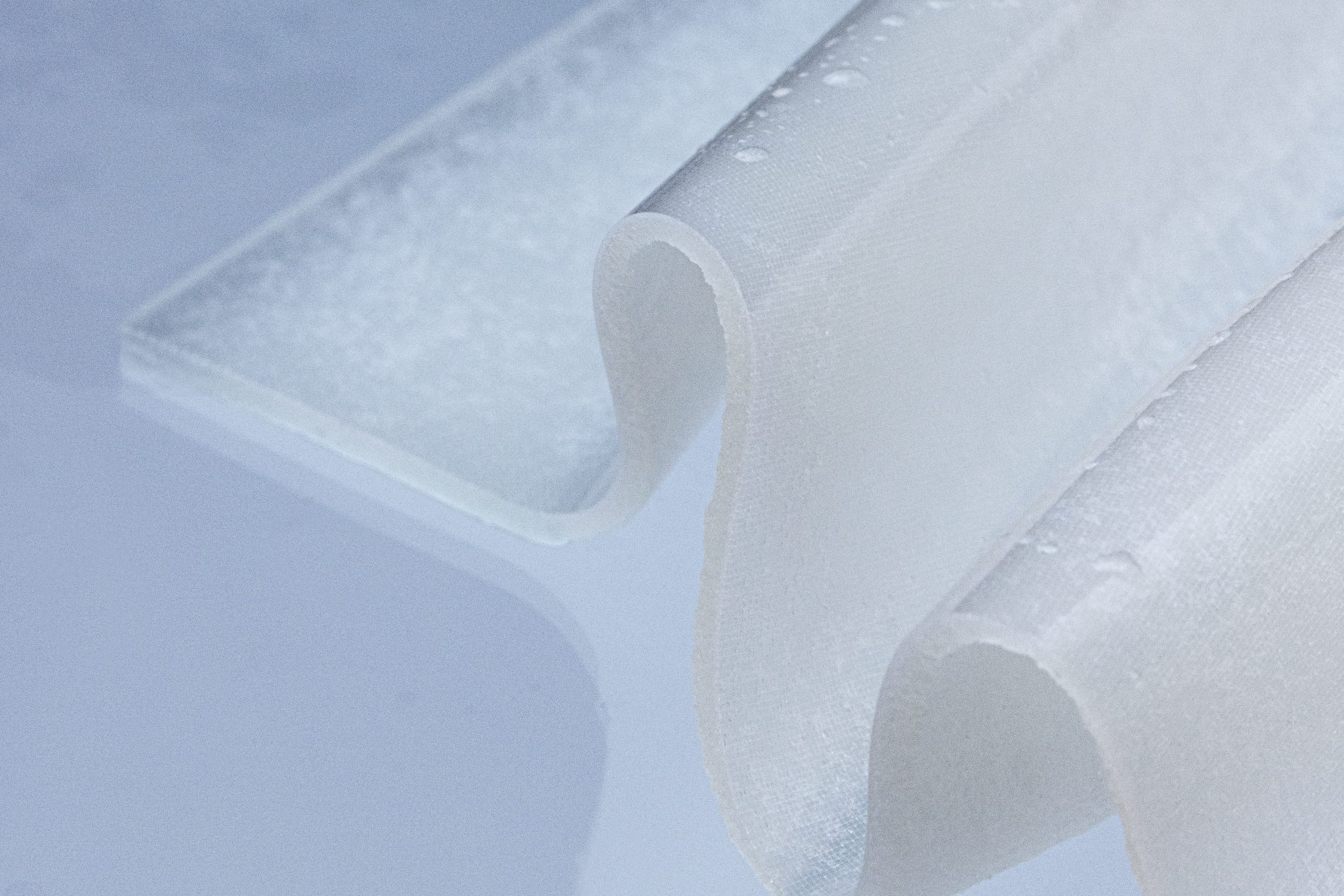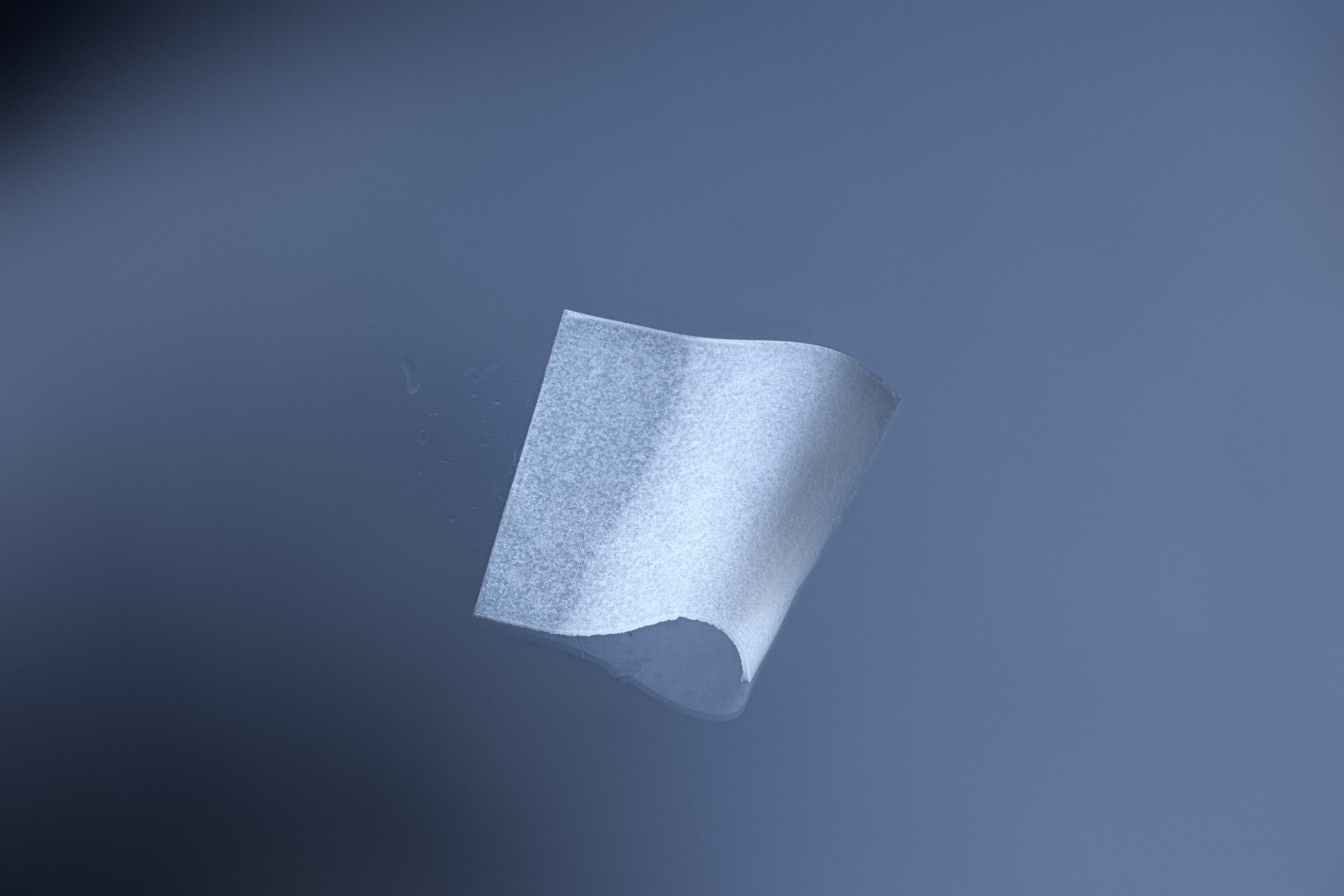
Our skin expertise and collagen know-how

Nevelia® bi-layer matrix

Wound healing stimulation

The skin plays several fundamental roles
In humans, the skin is one of the most important organs by its surface and mass (between 4 and 10 kilos in adults, and nearly 2 m² of surface) and plays several fundamental roles including that of protection from the outside (shocks, pollution, microbes, ultraviolet …), thermal regulation and hormonal synthesis. It also has immune and psychosocial function.
Loss of skin substance can occur in many situations
NEVELIA® established over the years as the reference surgical treatment
Until recently the common surgical treatment for deep burns is excision-graft, using a thin skin graft, or a full skin graft in certain areas where the retraction is major.
Based on its know-how in collagen and silicone transformation, Symatese has developed a dermal regeneration matrix, NEVELIA®. This composite matrix allows dermal regeneration thanks to a two-layer membrane system: at depth, a bovine collagen matrix (type I collagen) whose porosity and degradation rate allow recolonization by the cells. It is biodegradable and will be replaced by a neo-dermis. On the surface, a pseudo epidermis (silicone film reinforced by a polyester veil) makes it possible to obtain a tightness of the wound (immediate cover avoiding drying, mechanical and antibacterial protection of the wounds). Once the neodermal is reconstituted (3 weeks on average), the pseudo-epidermis is removed and replaced by a thin dermo-epidermal autograft 1/10th mm thick.
The NEVELIA® matrix is indicated for dermal regeneration in individuals with skin loss, particularly in the following fields:
- Burns surgery (third and deep second degree burns)
- Reconstructive plastic surgery
- Traumatology
NEVELIA® is used in combination with a thin split thickness skin graft to recreate skin resembling normal skin in terms of function and appearance.
NEVELIA® bi-layer matrix is particularly useful for:
- patients who are unable to supply sufficient donor skin for an autograft at the time of excision
- When the physiological condition of the patient does not allow the autograft
Dermal reconstruction makes it possible to obtain a flexible tissue, not adherent to the deep plane, capable of growth. The histological structure of normal skin is reconstituted, thus ensuring a functional dermis and better skin quality. The aesthetic appearance is usually better than with a simple dermo-epidermal graft.
The results of the literature showed that a better quality dermal reconstruction was achieved through the use of these collagen biomaterials. By providing a dermal matrix allowing the reconstruction of a tissue close to the normal structure of the skin, they participate in the improvement of the graft taking. These dermal substrates have shown a real benefit for the patient in terms of aesthetic and functional results1.


